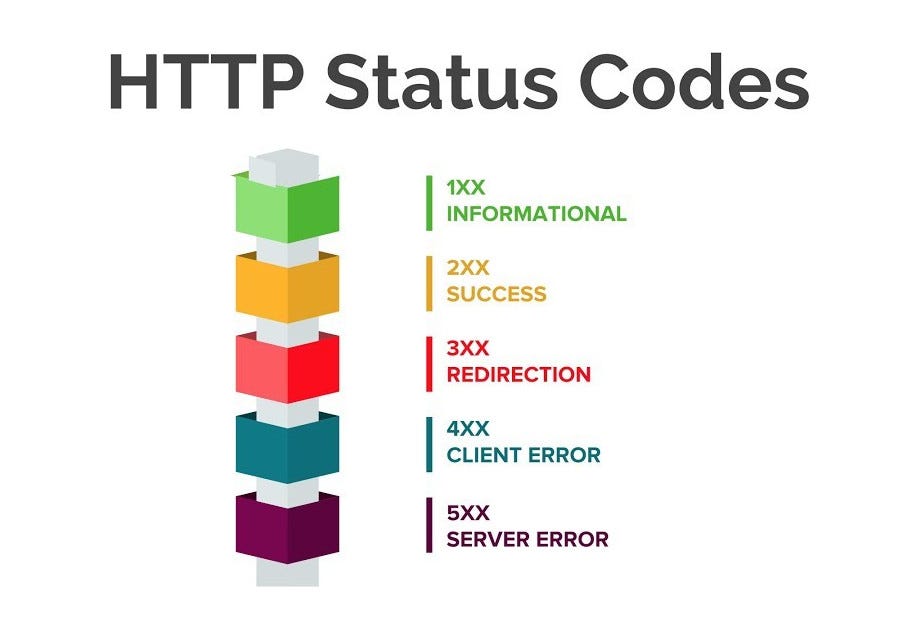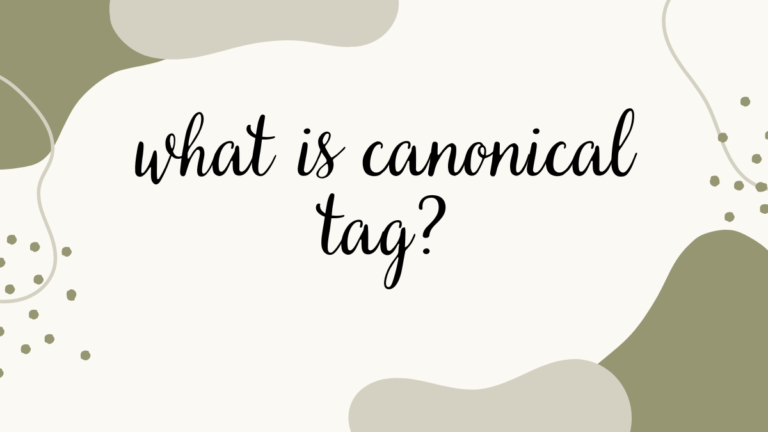Common HTTP Status Codes
Welcome to our blog post on common HTTP status codes! If you’re a web developer or simply curious about how the internet works, this is the perfect place for you. We all encounter these mysterious three-digit numbers when browsing the web, but do we know what they mean?
In this article, we’ll demystify some of the most frequently encountered HTTP status codes and explain their significance. So buckle up and get ready to delve into the fascinating world of HTTP status codes!
HTTP status codes are one of the most commonly used pieces of information on the internet. They encode the results of web requests and are sent back to the client in a protocol known as HTTP.
The most common status code is 200 (OK), which tells the client that the request was processed successfully. However, there are a host of other codes that can be returned, depending on the situation. In this article, we’ll take a look at some of the more commonly encountered.
Table of Contents
What is an HTTP Status Code?
HTTP status codes are a way for a web server to communicate with a client browser. There are more than 200 different codes, but most of them represent a generic response from the webserver to some sort of request from the client. The table below lists the most common HTTP status codes and what they mean.
Status Code Description:
- 200 OK The request was successful and the response includes information about the requested resource.
- 403 Forbidden The user is not authorized to access the resource.
- 404 Not Found The requested resource could not be found on this server.
- 500 Internal Server Error An error occurred while processing the request.
- 501 Not Implemented The requested resource does not exist or is not currently available.
- 502 Bad Request The request was not valid.
- 503 Service Unavailable The requested service is not currently available.
- 504 Gateway Time-out The request timed out while waiting for the gateway to respond.
- 505 Method Not Allowed The requested method is not allowed on this server.
- 506 Request Time-out The request timed out while waiting for a response from the server.
- 507 Conflict The request resulted in a conflict with another request.
- 508 Request Length Too Long The request exceeded the server’s response limit.
- 509 Request-URI Too Long The request specified an excessive amount of data for the requested resource.

What are the most common HTTP Status Codes?
- The most common HTTP status codes are 200 (OK), 404 (Not Found), and 500 (Internal Server Error).
- HTTP 200 indicates that the request was successful, and the response includes the requested information.
- HTTP 404 indicates that the requested resource could not be found on the server, and the response includes a list of potential locations where the resource may be found.
- HTTP 500 indicates an internal server error, and the response may include information about the error.
Why are some HTTP Status Codes important?
HTTP Status Codes are used to indicate the success or failure of an HTTP request. There are a total of 20 HTTP status codes. Here are the most important ones:
- 1xx – Informational: This code indicates that the request was received and understood, but there is no information available for processing.
- 2xx – Success: This code indicates that the request was completed.
- 3xx – Redirection: This code indicates that the request has been redirected to another location.
- 4xx – Client Error: This code indicates that there was a problem with the client side of the request.
- 5xx – Server Error: This code indicates that there was a problem with the server side of the request.
- 6xx – Permanent Redirection: This code indicates that the requested resource cannot be found or is temporarily unavailable.
- 7xx – Temporary Redirection: This code indicates that the requested resource is currently being processed by another server and will be available soon.
- 8xx – Conflict: This code indicates that there is a conflict between two requests for the same resource.
- 9xx – Request Timeout: This code indicates that the request timed out due to network problems or too many simultaneous requests from clients.
- 10xx – Client Error (Submitted Twice): This code indicates that the request was submitted more than once by the client.
- 11xx – Server Error (Submitted Twice): This code indicates that the request was submitted more than twice by the server.
- 12xx – Request Blocked: This code indicates that the request was blocked because of security reasons.
- 13xx – Insufficient Storage: This code indicates that there is not enough storage space on the server to process the request.
- 14xx – Requested Range Not Satisfiable: This code indicates that the requested range of bytes is not within the acceptable range for the resource.
- 15xx – Method Not Allowed: This code indicates that the requested method is not allowed by the resource.
- 16xx – URI Too Long: This code indicates that the URI (Universal Resource Identifier) is too long.
- 17xx – Unsupported Media Type: This code indicates that the request contains a media type that is not supported by the server.
- 18xx – Requested Range Exceeds Maximum Size For Response: This code indicates that the requested range of bytes would exceed the maximum size of a response for a given media.
How to read an HTTP Status Code?
There are a few things to keep in mind when reading HTTP status codes.
- The first is that the code itself is only a small part of the overall response. The full response will include information about the request and the server’s response, including any headers that were sent along with the content.
- The second thing to keep in mind is that different servers use different codes to indicate different things. This can be confusing, but it’s important to understand how each code works so you can correctly interpret what the server is telling you.
Here are some examples of common HTTP status codes and their meanings:
- 200:- This means that the request was successful and the content was returned. It may also include information about how long it took for the content to be delivered or any feedback from the server about why something failed.
- 404:- This means that there is no content associated with this URL. It could be because the URL doesn’t exist or because there isn’t anything available for download at that location.
- 500:- This indicates an error on behalf of the client side (for example, if they tried to POST data instead of getting it). The full error message will usually include more information about what went wrong.
- 503:- This code is used to indicate a temporary resource limitation on the server. For example, it may be because the server is currently undergoing maintenance or because there’s not enough storage space available.
The final thing to remember is that HTTP status codes are only one piece of information in a response, and they’re not always reliable indicators of the overall state of a request or response.
For more detailed information on HTTP status codes, please see the HTTP specification.
Conclusion
I hope that this article on HTTP status codes has been helpful. I have tried to cover all the most common ones so that you can be able to identify any issues with your website or application.
If you are having trouble connecting to a web server, checking the status code may give you a more specific indication of what is wrong. Having a general understanding of the different HTTP status codes will help you troubleshoot problems faster and save you time and frustration.





